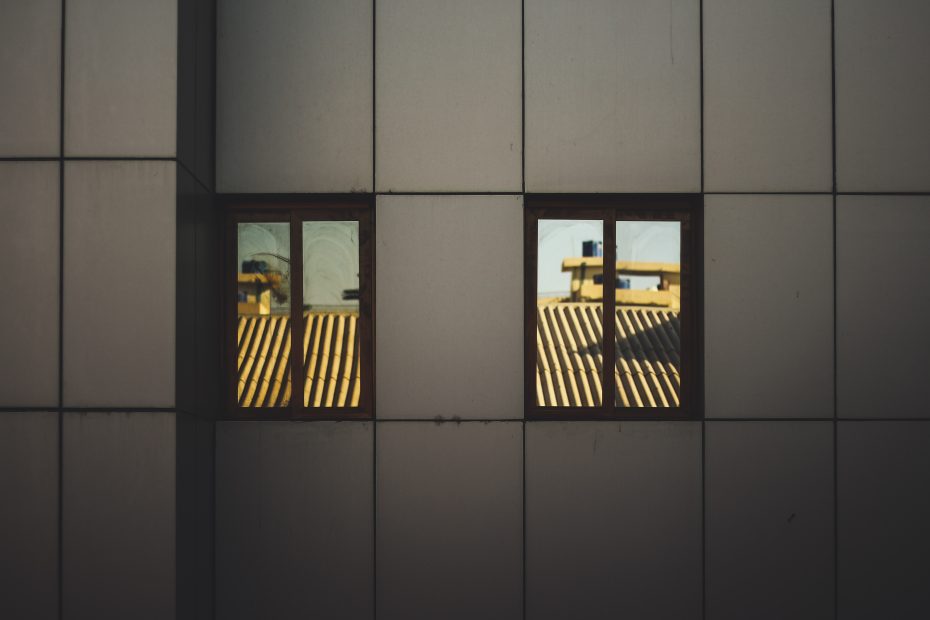Table of Contents
Introduction
The Pyramids of Meroe are one of the most iconic and magnificent ancient sites in northeast Africa. Located in modern-day Sudan along the east bank of the Nile River about 200 kilometers north of Khartoum, the pyramids stand as a testament to the mighty Kingdom of Kush, which ruled over this region thousands of years ago. With over 200 pyramids spread across multiple archaeological sites, Meroe contains more individual pyramids than any other Nubian site and rivals Egypt’s own pyramids in grandeur and mystique. Read on to learn more about the history, architecture, and allure of the majestic pyramids of Meroe – true ancient wonders of Sudan.
The Kingdom of Kush
The Kingdom of Kush emerged around 1000 BCE in what is now northern Sudan and southern Egypt. Kush grew wealthy and powerful through trade and industry, particularly iron smelting and goldsmithing. By 760 BCE, the Kushites had conquered Egypt and established themselves as the 25th Dynasty, ruling for nearly a century before being driven back south by the Assyrians.
Meroe then became the capital of Kush, flourishing as a center of commerce, culture, and architecture. The religion focused on Amun, king of the gods, and Apedemak, the lion-headed war god. Pyramids were built as tombs for Kushite royals and the elite class, who were mummified and filled the pyramids with lavish grave goods to take into the afterlife.
The Pyramids of Meroe
There are three main pyramid sites along the Nile near Meroe – el-Kurru, Nuri, and Meroe itself. While smaller in scale than the famous pyramids of Giza, the pyramids of Meroe have their own distinctive style with steep angles and pyramidal peaks. They range from about 6 to 30 meters tall.
The pyramids were constructed using local sandstone and rubble fill, then faced with plaster that was painted or decorated to finish the exterior. The entrance was usually on the north or east side through a small doorway that led inside to the burial chamber. Many pyramids have ornate carvings and decorations around the entrance.
Some of the most impressive, famous pyramids include Nuri 1, home to King Taharqa, and Nuri 55, one of the largest and most intact in the entire necropolis. At el-Kurru, don’t miss King Tanwetamani’s pyramid with its decorations of elephants and rams.
Excavation and Current Status
Early European explorers documented the pyramids in the early 19th century, with more extensive archaeological excavation taking place in the 1920s and 1930s by archaeologists like George Reisner. Today, the pyramids are protected ruins overseen by Sudan’s National Corporation of Antiquities and Museums.
While weathering and erosion have taken their toll, many pyramids still stand relatively intact along the desert landscape, presenting breathtaking photo opportunities. In 2011, UNESCO designated the Island of Meroe as a World Heritage Site in recognition of the pyramids’ outstanding universal value. Ongoing conservation seeks to protect the majestic remnants of this ancient civilization.
Why Visit the Meroe Pyramids?
A journey to the pyramids of Meroe offers a chance to step back in time and glimpse the awe-inspiring grandeur of the ancient Kingdom of Kush. In addition to the magnificence of the pyramids themselves, visitors can enjoy:
-
Spectacular desert scenery along the banks of the Nile River with lush palm trees and local wildlife.
-
A window into Kushite architecture, culture, religion and burial practices by exploring the pyramid sites.
-
Nearby attractions like Jebel Barkal with its strikingly carved Amun Temple, and the ruins of the royal city of Meroe by the river.
-
A perfect spot for adventurers looking to get off the beaten path and discover remote ancient wonders.
Planning Your Visit
The pyramids span across three main sites: the Royal Cemeteries of Meroe, Bagrawiyah, and el-Kurru. Located about 200 km north of Khartoum, the Meroe pyramids can be reached by road or via tours from the capital. The best time to visit is November to March during the cooler dry season.
Guided tours help navigate the sites and provide historical context, or you can explore independently by taxi or rental car. Be sure to bring plenty of water, sun protection, and appropriate clothing as there is little shade amongst the pyramids.
A trip to the pyramids of Meroe offers a magical look into the splendors of an ancient African kingdom. As the sun sets over the Sahara, the pyramid fields take on a mystical aura and create an unforgettable memory of Sudan’s ancient wonders.
Conclusion
With their signature steep angles and royal treasures, Sudan’s Meroe pyramids stand as iconic monuments to the formidable Kingdom of Kush. While smaller than Egyptian pyramids, they make up for it in number and retain a sense of mystery and allure in the desert landscape. Exploring this ancient UNESCO site provides the chance to uncover a powerful African civilization and imagine what incredible riches and histories still lie buried beneath the sand.
FAQs
Where are the pyramids of Meroe located?
The Meroe pyramids are located in northern Sudan along the east bank of the Nile River, about 200 km north of Khartoum. The three main pyramid sites are Meroe, el-Kurru, and Nuri.
When were the pyramids of Meroe built?
The pyramids were built between about 800 BCE to 300 BCE as tombs for Kushite royals and elites of the Kingdom of Kush which ruled this region of Africa.
How many pyramids are there in Meroe?
There are over 200 pyramids spread across the three sites of Meroe, more than in any other Nubian pyramid site.
What makes the Meroe pyramids unique?
The pyramids have a distinctive steep shape and pyramidal peak different from Egyptian pyramids. They are decorated with carvings, some quite elaborate around entranceways.
Can you go inside the Meroe pyramids?
Yes, you can enter some pyramids through the north or east entrance into the small burial chamber. However, access may be restricted to help preserve the structures.
